When students love homework: The Casebrook Challenge
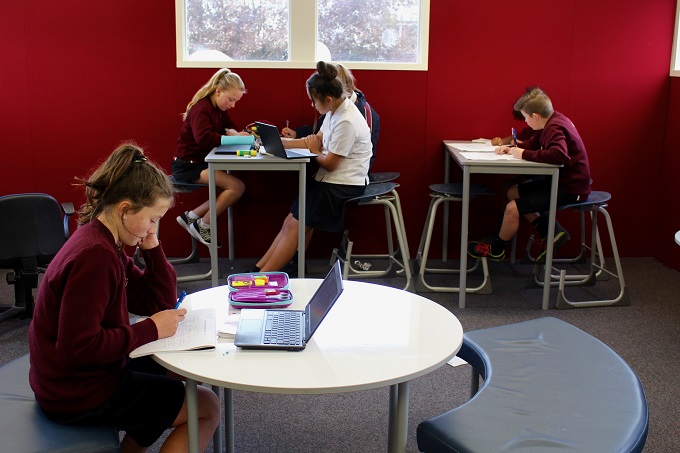
It is every teacher’s wish to positively engage students in the learning process but for some this can be an uphill battle: especially when it comes to channelling student enthusiasm for homework tasks.
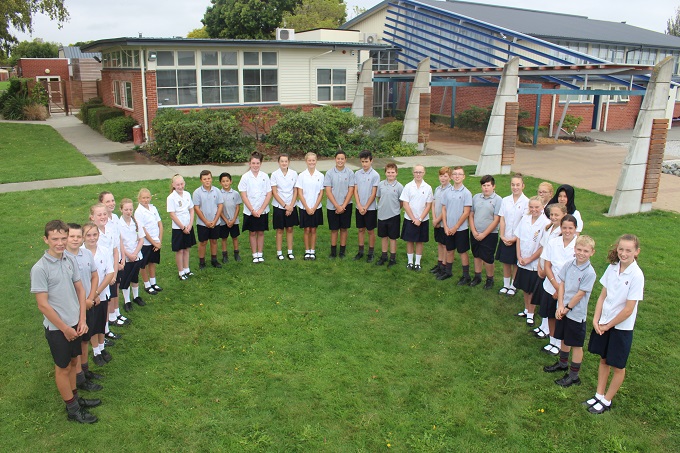
At School News, we believe that it is often the simple yet innovative ideas that succeed the most, so when The Casebrook Challenge came to our attention curiosity took over and we had to investigate this novel approach to (the dreaded) homework…
A Christchurch school full of opportunities, Casebrook Intermediate School created “The Casebrook Challenge”, a strategy to replace standard homework practices. With approximately 440 students Casebrook specialises in meeting the needs of the “emergent adolescent” by offering a broad curriculum and an extensive range of experiences to give students the best opportunities to learn and develop their capabilities.
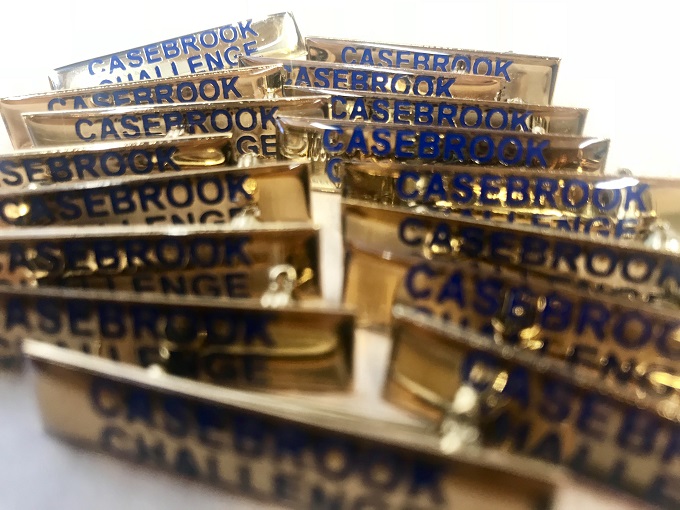
Sharon Keen is the principal of this impressive intermediate school and was happy to satisfy our curiosity and answer our questions:
Please tell – what is The Casebrook Challenge?
It is a series of challenges/activities designed to make homework more enjoyable, applicable and relevant to each individual student’s learning, it also encourages the involvement of parents, whanau, teachers, and the whole community. The activities may include: learning a musical instrument, visiting a Christchurch event, making sandwiches for the family at lunchtime during the weekend, cooking a meal or going swimming with the family.
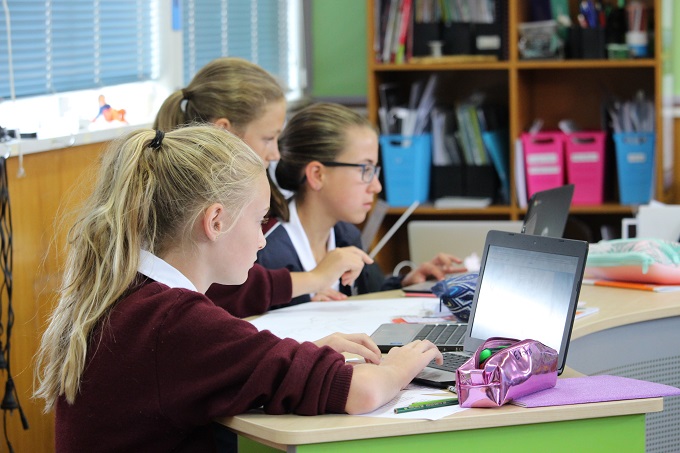
Students have the option to work towards a bronze, silver or gold level badge each term but there are two compulsory challenges in the programme. The first is reading on at least four nights of the week, the second involves a “Basic Fact programme” which helps to increase the speed and accuracy of our student’s factual knowledge.
Why did you decide to take such a unique approach to homework?
The Casebrook Challenge is not just a replacement for homework, it also represents the unique culture of our school. Our aim is to cover the broader curriculum and enable students to further develop passions and interests in areas of their choice and perhaps most importantly we wanted to provide an opportunity for whānau involvement.
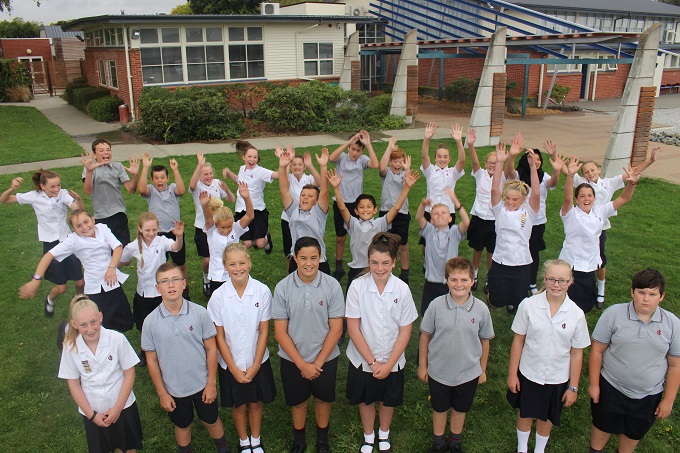
The aims of the programme are self-management, and to drive interests towards productive and creative family time in this increasingly busy world that we live. Aside from the optional interest based learning experiences, students are able to adapt the programme to meet the sporting, artistic, cultural or performing needs of their after-school lives. We also include compulsory basic maths facts and reading aspects to The Casebrook Challenge.”
This seems such a great way to really engage and motivate students, please tell us more about The Casebrook Challenge.
Our school culture centres around three key values of respect, excellence and perseverance. We call our students Casebrook REPs to demonstrate the importance that we place on our values and they are expected to display these traits in their learning interactions with peers and staff, and in the community.
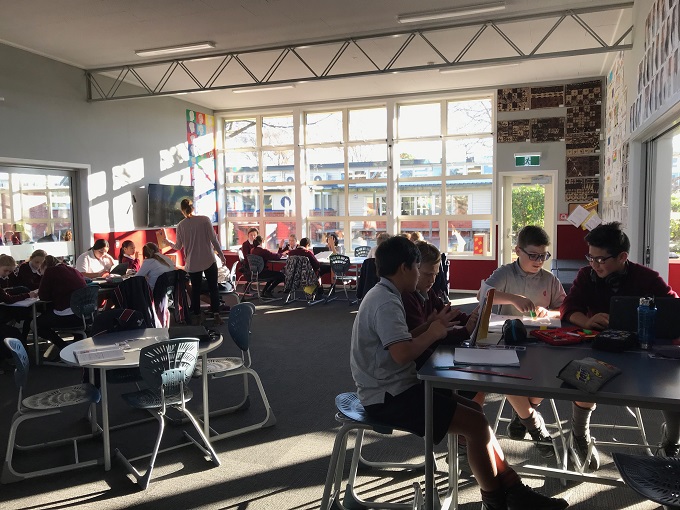
The REP programme came about through our connection with the PB4L Schoolwide PLD through the MOE 6 years ago. This positive approach to all things behaviour and learning has made a huge impact in our school and our community.
What are the biggest advantages of this programme?
The expectations and the differentiated model for success allows skills such as self-management and engagement to be developed and most importantly the motivation to achieve alongside peers and receive a badge.
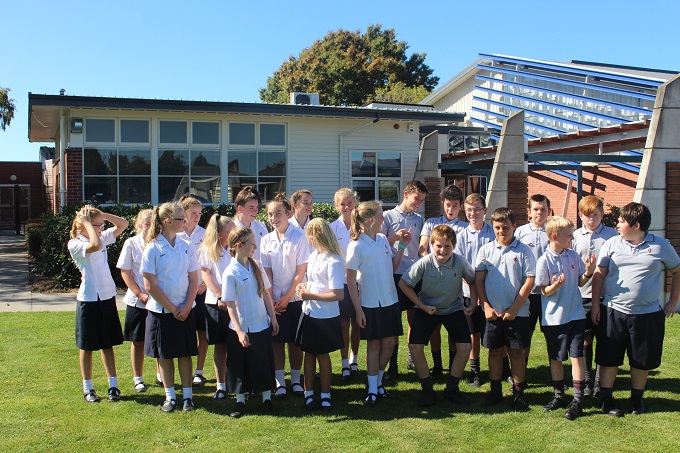
The students do value these badges and student voices express regularly how much importance they place on them. We find that students quickly buy into the school culture of becoming a Casebrook REP along with involvement in the challenges and this has resulted in stronger ties with our community.
What kinds of responses have you had to the programme?
For teachers, the response has always been extremely positive because they have input into the content of each set of term challenges. There is ample flexibility to enable special focus on certain curriculum areas as and when students find their strengths and classroom learning focuses on specific interests. Aspects such as mathematics or science badges can also be integrated into the challenge.
Whānau regularly reports that The Casebrook Challenge is a great way to engage students in learning at home, increasing their life skills, and learning through activities that families can do together. These activities may include: family excursions, planning events or holidays, witnessing things together, family sporting activities or even a grandparent and a child making something together in the shed.
Students are highly motivated, even more so after our first term celebration assembly and they identify the embedded nature of The Casebrook Challenge in our school culture. The number of students who cross the stage to receive their badge increases throughout the year because peers also seek the rewards of hard work.
Finally, how has the programme evolved since it began?
We have adapted the original structure of our Casebrook Challenge to be more in line with the vocabulary and language of our REP culture. Learning academically is always a goal, but we aim to develop well rounded, and interested learners – pre-adolescents require a broad curriculum of experiences to move ahead and this is one element of our school curriculum strategy that we feel adds value to the age group.









